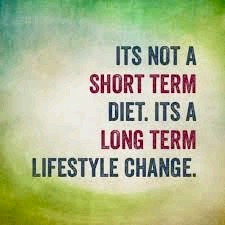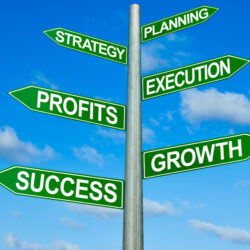Supply chain resilience is a lifestyle

Supply chain risk management only becomes urgent in a crisis – and that’s exactly where companies find themselves today, which explains the high level of focus on the topic right now. However, there is concern that this reactive management approach will fade again as soon as the crisis has passed. The recent SCM webinar on ‘Supply chain resilience: hype or lifestyle’ made a case for why it’s now the right time to embrace resilience as a proactive lifestyle choice.
By Alfons Willemsen
The audio webinar on ‘Supply chain resilience: hype or lifestyle’ was held on Wednesday 2 December and can be listened to on demand here. Moderator Martijn Lofvers interviewed Alfons Willemsen from Involvation. As underlined by the large audience it attracted, it is clearly a topical theme.
An interesting discussion quickly arose about the relationship between strategy and resilience. The strategy is – and should always be – the starting point. The question is, how can you embed and/or improve resilience in your strategy? A strategy means making choices: what you do, but also what you don’t do. For example, this might mean that you choose flexibility at the expense of efficiency. That’s fine as long as it’s a conscious decision.
Another question during the webinar related to the relationship between a lean strategy and resilience. Indeed, an excessively lean strategy that has been executed too dogmatically can result in a complete lack of resilience; there are examples of this happening in practice. In general, companies that are focused on lean/efficiency tend to be naturally less resilient. However, it’s still possible – and in many cases essential – for them to make improvements.
What typifies the current crisis?
The classic risk management approach analyses possible risks and identifies where mitigating action should be taken. Things go wrong when we face so-called ‘unknown unknowns’. They are difficult or even impossible to assess on the classic likelihood/impact basis. What typifies the current crisis is that a pandemic creates lots of unknown unknowns. Which borders will close and when? Which countries will enter lockdown and when? What is the availability of freight transport? What is the impact on spending and product demand?
The classic trade-offs
A number of classic trade-offs were discussed during the webinar. Should we solve the problems using stock? Should we have dual sourcing everywhere? Should we stop globalizing? It is tempting to go for the opportunistic answers, but these are all classic trade-offs that don’t have straightforward solutions. The right decisions depend on the context. So it could be that you need to opt for dual sourcing, but alternatively you might be able to reach better and smarter agreements with certain suppliers. Inventory is another good example. First and foremost, it’s crucial to have the ‘right’ stock, but it will always be a trade-off. The only way to be 100% sure is to hold a huge amount of inventory, but that’s probably not the best solution…
Lessons learned from the crisis
So what now? Do we want to have to keep fighting operational fires after this crisis has passed? Or will we start implementing professional risk management after the crisis? It is important for organizations to make a lasting lifestyle change and become resilient, but supply chain resilience is a comprehensive and complex concept.
The best place to start is with the lessons learned. What worked, and what didn’t? After reflection, select the key lessons. This is also the perfect time to capitalize on the current heightened attention from senior executives. You now have the best opportunity to make real progress. Draw up a plan and start implementing it. Stay alert and make the right choices. Be ambitious, but don’t try to do everything at once. Because supply chain resilience is so broad, the advice is to ‘eat the elephant one bite at a time…’!
Alfons Willemsen is a partner at Involvation.










